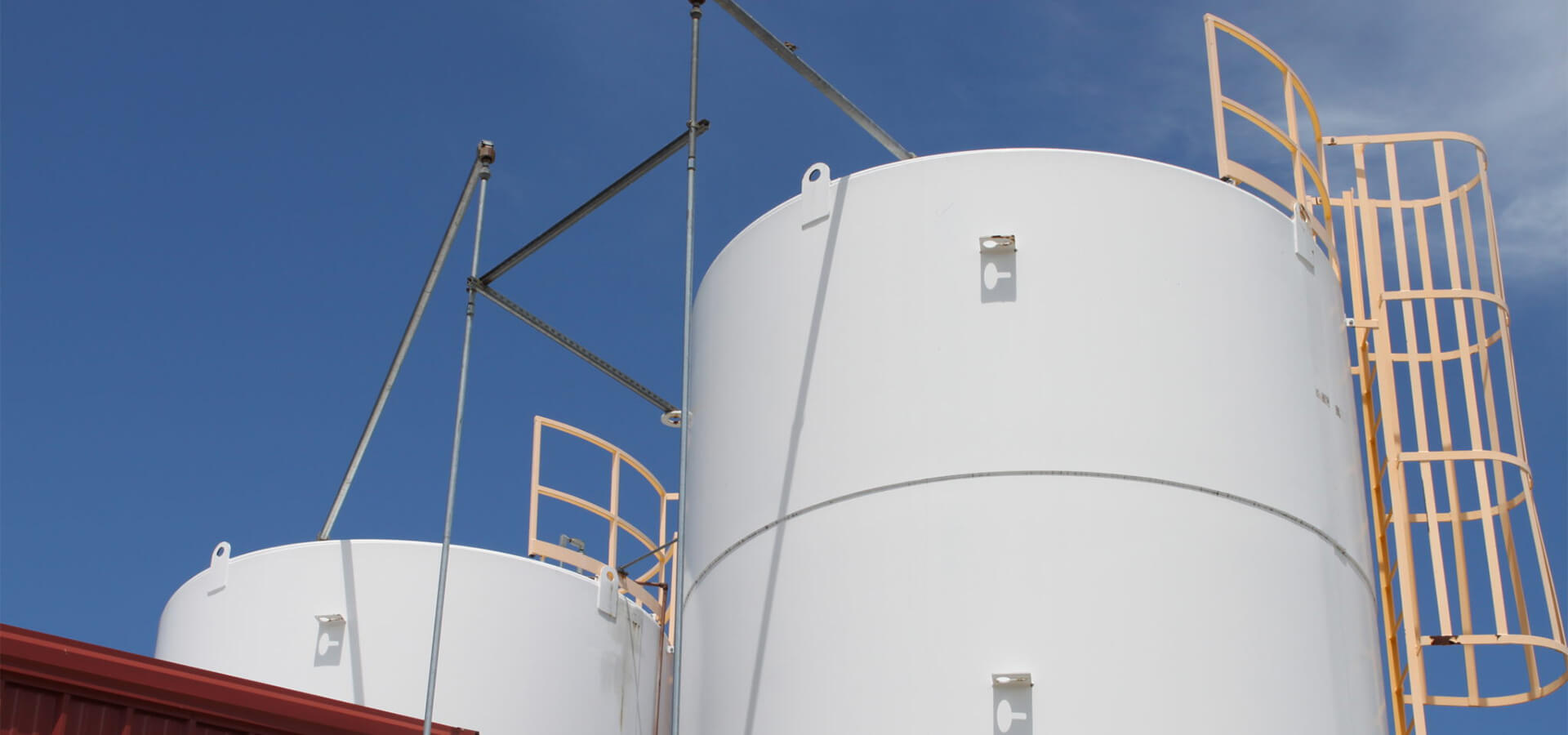Why Calculate Silo Loads?
In order to determine the structural design of metal or concrete silos and their supporting structures, an accurate silo loading analysis must be performed by qualified engineers. Bulk materials have unique flow behavior that transfers drastically different loads to a structure compared to liquids and gases. Consequently, bins and silos fail with a frequency much greater than that of any other industrial structure. Information in silo design codes on how to calculate silo loads is limited, difficult to follow, or incorrect.
For nearly 60 years our engineers have been actively involved in research on silo loads, and we have calculated loads acting on an expansive range of silos, bins, bunkers, and hoppers. Even the best silo design codes have limitations, and our engineers have developed methods to calculate loads for complex situations not covered by codes.
Loading Scenarios
- Solids induced loading (mass flow, funnel flow, eccentric discharge)
- External silo loads from wind, seismic, ancillary equipment
- Internal loading due to gas pressure
To accurately calculate silo loads, Jenike & Johanson measures critical material flow properties. While some codes contain a table of values of a few common materials, most bulk materials are not included. Even for materials that are, the values provided are often of limited value, and the codes themselves recommend testing the actual bulk material whenever possible.
Unique Load Analysis Capabilities
Jenike & Johanson has developed proven methods to calculate loads for complex situations not covered by any code, including:
- Hopper geometries such as transition, chisel and asymmetric
- Multiple hoppers stacked one above the other
- Silos with an expanded flow pattern
- Inserts (inverted cone, pyramid, cone-in-cone, cross-beams)
- Non-free flowing bulk solids
- Stockpiles, storage barns, and retaining walls
- Feeders and slide gates
- Localized effects of air cannons
What’s Next?
Contact us to discuss your specific loading analysis needs and how this vital information can be used to design a new storage vessel or to investigate why a structure may be experiencing a failure. Can you afford to either “guess” what the silo loads may be or over-design the vessel being too conservative?



